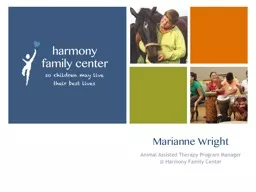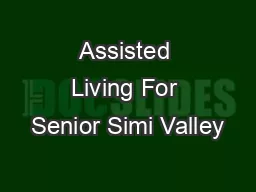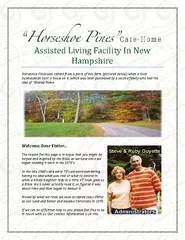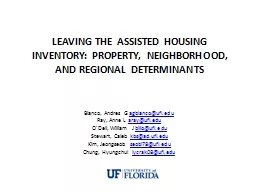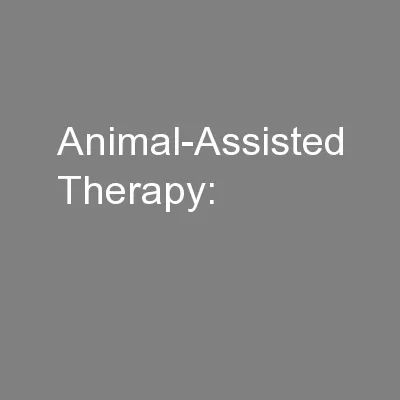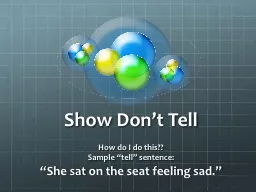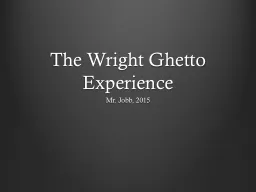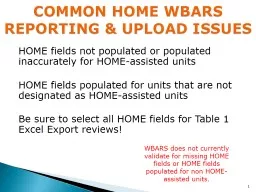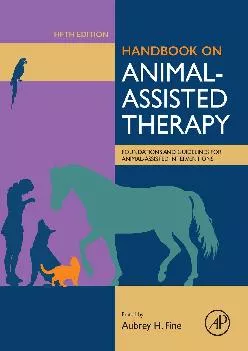PPT-Marianne Wright Animal Assisted Therapy Program Manager
Author : min-jolicoeur | Published Date : 2018-10-31
Harmony Family Center ACEs Study Overview Trauma httpswwwiowaaces360org What does this mean for high ACEs kids To build a solid house the foundation must be strong
Presentation Embed Code
Download Presentation
Download Presentation The PPT/PDF document "Marianne Wright Animal Assisted Therapy ..." is the property of its rightful owner. Permission is granted to download and print the materials on this website for personal, non-commercial use only, and to display it on your personal computer provided you do not modify the materials and that you retain all copyright notices contained in the materials. By downloading content from our website, you accept the terms of this agreement.
Marianne Wright Animal Assisted Therapy Program Manager: Transcript
Download Rules Of Document
"Marianne Wright Animal Assisted Therapy Program Manager"The content belongs to its owner. You may download and print it for personal use, without modification, and keep all copyright notices. By downloading, you agree to these terms.
Related Documents

